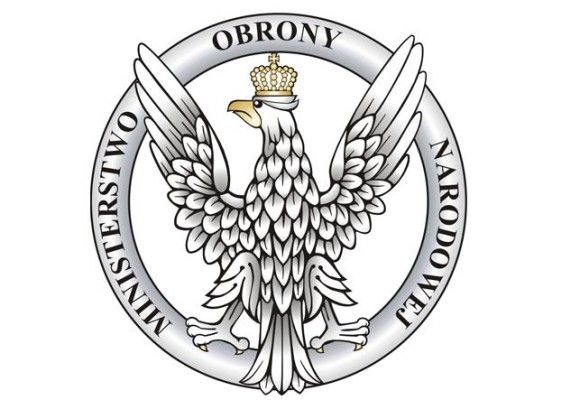Serbia and Belarus Enhance Their Military Cooperation.
Serbia and Belarus have signed a memorandum of understanding on bilateral military cooperation and scientific and technological cooperation, within the field of defence and military technologies. The cooperation shall cover joint exercises, military universities student exchange, along with collaboration of the military industries of the signatories.
During his official visit to Belgrade, Belarus Defence Minister, general Andrey Ravkov, has signed a memorandum of understanding, together with his Serbian counterpart, Bratislav Gašic. The agreement covers military and technological cooperation of the Parties. The Belarusian Minister also met the Prime Minister of Serbia, Alexander Vucic, who stressed “being grateful to Belarus, for supporting the territorial integrity and sovereignty of Serbia”. Vucic also noted the meaning of “traditionally positive bilateral relations”, which are independent from the Serbian relationship with the European Union, which is getting closer and closer.
Not only is the Serbian-Belarusian memorandum of understanding on cooperation a significant accent, showing that Belgrade is turning east, which is directly tied to the recently announced plan of multi-million dollars procurement of the Russian military equipment, but the process also constitutes a part of a wider military and scientific/industrial cooperation, within the scope of the defence technologies.
Both countries are in possession of a certain technological capacity, while their interest in guided missiles, artillery system or air defences are a common ground on which they could work together. Issue of sales of the jointly developed military technologies to the third parties is one of the elements contained in the concluded memorandum. Among other, relevant issues, one should note the scientific and research personnel and military universities student exchange programmes, bilateral exercises of all types of the armed forces, as well as cooperation within the scope of medicine and military education, security and information exchange.
“Peacekeeping operations” and “counter-terrorism operations” are also included in the agreement, however it shall be clarified that these terms are viewed rather from a Russian point of view here.
For example, the recent Russian-Serbian-Belorusian exercise was defined as a “counter-terrorism” exercise. Scenario of the “Slavic Brotherhood 2015” exercise was inspired by the Arab Spring and by the Ukrainian Maidan. The scenario may be briefly described as follows: public riots take place within the territory of the state (revolution, provocations, terror acts), so deployed airborne units of a “Slavic” international forces component are sent into action. The main objective of the deployment is to pacify the riots and unrest. This definition of peacekeeping and counter-terrorism operation is a bit different from the one known to NATO. It is worth to know, that the above definition is being currently used by Serbia, Belarus and Russia.


WIDEO: Defence24 Days 2025: Premier Defence & Security Conference in CEE